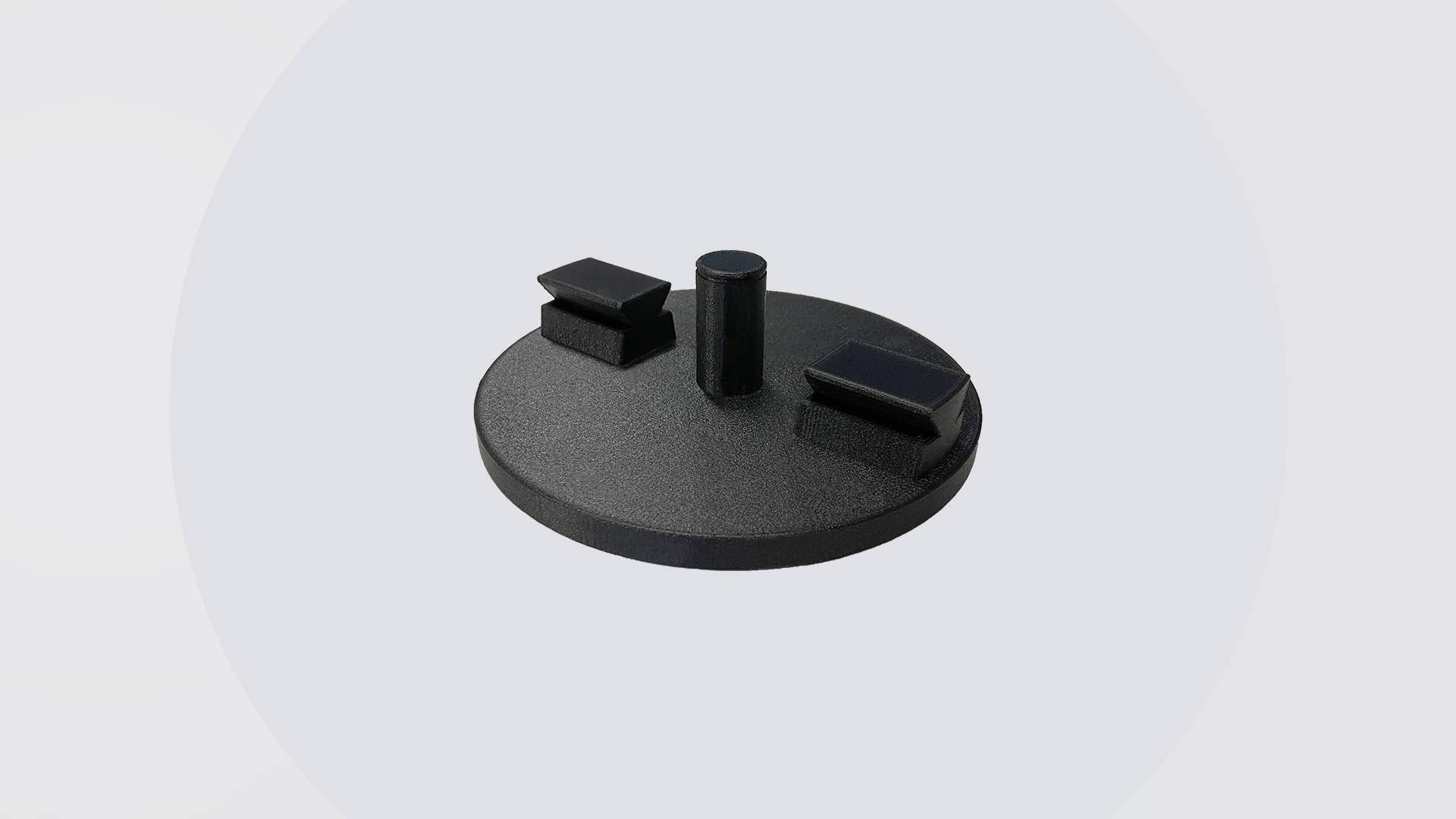
How are finished products manufactured?
A production chain involves taking raw materials of various types and transforming them into goods. There are many steps in this process, including designing, planning, manufacturing, and storage. A product concept is first created by designers, based on a gap in the current market, and then, this concept is turned into an end product through businesses.
The optimization of production processes already starts during the design phase
During the design phase, it is very important to plan and optimize the production framework, identifying the required resources, tooling, equipment, and timelines. Once this step has been carried out, various orders are made to suppliers and production can begin. Figure 1 shows a typical production flow that uses traditional manufacturing. Spare parts, raw materials, and components are received and stored in a warehouse until needed for production.

A lot of raw materials are needed when using traditional methods because waste is part of the process, especially when it comes to subtractive techniques, which then needs to be stored. Intermediate parts and assemblies (referred to as work in progress, WIP) and the finished parts themselves also need to be stored. Once the finished products are ready, they can be shipped to the final client, who will use them for a specific application.
The delicate role of warehouses in the logistic chain
Spare parts are needed throughout the production process, from the manufacturing to the application itself. These need to be manufactured or ordered from suppliers and must be stored in the warehouse along with the raw materials and parts. Spares might require mini production cycles themselves, with various steps that include storage of raw materials and WIP.
Warehouses perform essential functions in the logistics chain and greatly affect the time taken for production. One of the main bottlenecks is finding enough physical space for all the raw materials, WIP, goods, and spare parts that are needed for manufacturing. But it is not enough to just have enough space, that space also needs to be efficiently organized so that what is needed can be easily found and taken to where it is needed.
How warehousing’s bottlenecks increase time and costs of production
There are many methods to optimize the space available in stock to avoid downtime in production, but there are limits. These limits are tested when warehouse sizes start to become large or when parts are urgently needed, for example, in the case of a spare part during a breakdown. As previously mentioned, traditional manufacturing produces a lot of waste meaning that the space is taken up by, for example, a fixture that is initially larger than the part itself. On top of this, there is often a need to store a range of sizes for components such as sheets, rods, billets, and bars since it is not always possible to predict what will be needed. This then drives up the cost of storage because larger warehouses are needed to store all the raw materials as well as make space for parts and spares.
Ordering raw material and spare parts in bulk is often a cheaper option, but it then adds to the need for larger storage spaces as well. What must also be considered is the lead time needed to have the materials and spares arrive, since this can go from a few days to several weeks, especially in the case of highly customized parts such as tooling. In the case of delays and missed deliveries, the entire production process might be slowed down.
Streamline your production flow with Roboze Xtreme Series

The inclusion of a Roboze Xtreme series 3D printer in the production flow allows a great variety of materials and geometries to be manufactured using just a single piece of equipment. For example, where a traditional bracket would need to be turned, machined, and drilled on three different machines (or one very expensive one), none of these operations need to be performed with a Roboze 3D printer - the part is manufactured in its final or near-final state, requiring only support removal.
If you're looking for a solution to streamline your production flow, contact a Roboze expert today. The consultation will be free and customized to your needs.
Contact us at info@roboze.com or write to us through our contact page.
Get ready to make your production smarter with the Roboze Xtreme Series. Get the best, doing less.
